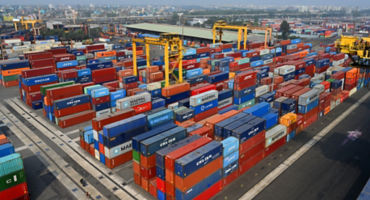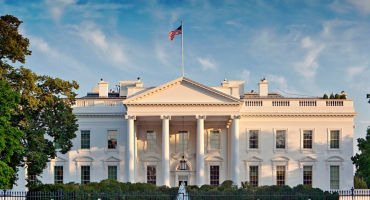Tariffs exceeded market expectations. Now what? Expect short-term volatility, identify concentrations, and consider using sell-offs as an entry point to diversify across regions and styles.
Overall, tariffs announced by the US administration on April 2 far exceeded market expectations. This is because while universal tariffs of 10% were lower than expected, “reciprocal tariffs,” especially in Asia, were higher than expected. China, Vietnam, India, Thailand, and Taiwan were particularly hard hit by reciprocal tariffs, with China's effective rate now sitting at 54% given an imposition of 20% earlier this year.
What could this mean for global investors?
The US is likely to see lower growth and higher inflation. As a result, the risk of a recession in the US is higher — I currently place it at a 50% probability — with the fallout affecting other economies across the globe to a varying degree. In the event that unemployment rates in the US rise, the US Federal Reserve (Fed) does have room to lower interest rates from its current rate of 4.5% but higher potential inflation will act as a constraint.
Other developed markets, most notably Europe and Japan, look increasingly attractive. While the US faces fiscal contraction, Europe is moving toward fiscal expansion — especially following recent policy shifts in Germany — with Japan also benefiting from fairly accommodative policy. Both regions offer relatively cheaper valuations than the US. Further declines in the US dollar would be a tailwind for the rotation into non-US developed markets.
How should investors react?
Review portfolios and identify concentrations – many portfolios are still quite concentrated in US and growth, yet the opportunity set may now be much more broad-based.
Clarify investment horizon and risk tolerance – longer investment horizons and a tolerance for risk give many investors more flexibility to use volatility as an opportunity. It may make sense even for investors with shorter time horizons to ride out the storm and avoid crystalizing losses that may get smoothed out over time.
Make a plan – not doing anything is a decision. It’s better to set a plan to become more diversified across regions and styles. With a longer horizon of a over a year, consider using sell-offs as good entry points to get those exposures.
Avoid negativity – there are potential mitigating factors in the current environment, including:
- the Fed’s capacity to cut rates;
- the relative robustness of company and household balance sheets, with most of the leverage sitting with governments;
- concerns about upcoming midterm elections in 2026; and
- potential upside from the sequencing of the Trump agenda. Tariff policies have come first, but we may also see further tax cuts and deregulatory moves in the US in the coming months, which could be stimulative and help shift investor sentiment.
Don’t lose sight of the relative winners – while US tariffs are a clear negative for the world economy, they may ultimately hasten a rebalancing of capital flows away from the US. If this were to materialize, we could see relative outperformance of European asset markets, given European policymaker efforts to ramp up structural spending in areas such as defense, infrastructure, and digitization. This period could also be a catalyst for European policymakers to accelerate their competitiveness and economic policy agenda, as outlined in the Draghi report.1 In addition, economies with policy flexibility will be able to cushion the adverse effects of tariffs.
What next?
Markets will remain volatile, so investors should expect continued whipsaw behavior, including the risk of further losses that might spread beyond equity markets.
While the administration hasn’t left much time for negotiation, countries around the world will be evaluating whether they negotiate or retaliate — potentially either mitigating or exacerbating damage to the US and global growth and inflation outlook.
While we would caution against major portfolio adjustments at this stage, we will be monitoring these developments closely, looking for attractive entry points that may emerge.













